Muli Bamboo Tree
- October 31, 2024
- 0 comment
The Muli Bamboo Tree, scientifically known as Melocanna baccifera, is a remarkable species of bamboo that plays a vital role in tropical and subtropical ecosystems. Known for its versatility and ecological contributions, this bamboo species is essential to biodiversity and natural habitats, particularly in Asia. It provides soil stability, shelters wildlife, and even improves soil quality, making it highly valuable for both ecological and practical purposes.
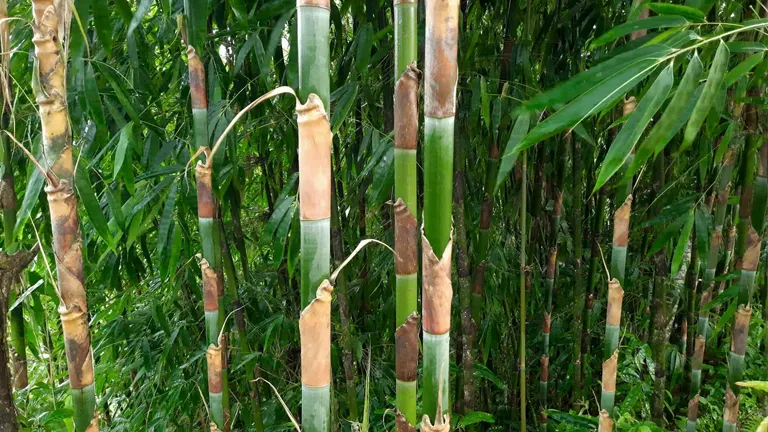
In the botanical world, the Muli Bamboo Tree belongs to the Poaceae family, placing it within a diverse group that includes grasses and other bamboo species. Its ecological roles are numerous, as it supports local flora and fauna and contributes to sustainable environmental practices.
What Is a Muli Bamboo Tree?
The Muli Bamboo Tree (Melocanna baccifera) is a species of bamboo known for its rapid growth and impressive adaptability. As a member of the Poaceae family, this bamboo has distinctive features, including thick culms (stems), long lance-shaped leaves, and a unique flowering cycle. Muli Bamboo can grow to about 10–15 meters (33–49 feet) tall, and its culms are usually slender, reaching around 8–12 centimeters (3–5 inches) in diameter.
An interesting characteristic of the Muli Bamboo Tree is its ability to flower simultaneously across large areas, an event that occurs every few decades. When it flowers, it produces a significant amount of seeds, which often attract local wildlife and influence the surrounding ecosystem. Additionally, the decomposition of fallen leaves and bamboo culms enriches the soil, making it more fertile and conducive to plant growth.
Muli Bamboo Tree Different Species
The Muli Bamboo Tree has a few notable varieties, each with its own unique characteristics. Here are some common varieties within the Muli Bamboo family:
Melocanna Baccifera
The primary species, recognized for its large, egg-shaped fruits and broad distribution in regions like India, Bangladesh, and Myanmar.
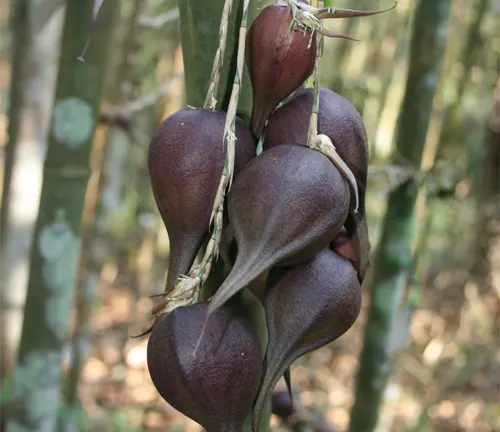
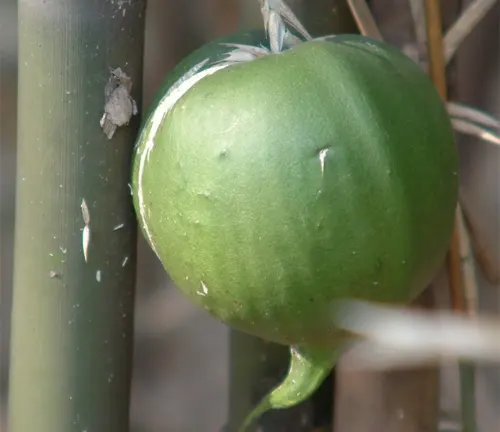
Melocanna Humilis
A closely related species, smaller in stature and commonly found in Southeast Asia.
These species vary slightly in height and size of the culms, as well as in the shape of their leaves and fruits. However, all varieties of Muli Bamboo play similar roles in their respective ecosystems, providing habitat and food sources to various forms of wildlife, such as rodents and birds.
Where Do Muli Bamboo Trees Grow?
The Muli Bamboo Tree thrives in tropical and subtropical climates, primarily distributed across South and Southeast Asia, including India, Bangladesh, Myanmar, and Thailand. In these regions, it naturally grows in dense thickets, often near rivers, wetlands, or in humid forest areas where there is ample rainfall and rich soil.
The tree is well-adapted to various climates and can withstand moderate dry spells due to its efficient water storage within its culms. Its deep root system stabilizes soil, preventing erosion and maintaining riverbanks in regions prone to heavy rainfall. Through this, the Muli Bamboo Tree serves as a natural barrier, protecting vulnerable ecosystems and promoting soil health.
How to Grow and Care for Muli Bamboo Tree
If you’re interested in growing a Muli Bamboo Tree in a home or garden setting, here are a few tips:

- Soil: Muli Bamboo prefers well-draining, nutrient-rich soil with a neutral to slightly acidic pH.
- Watering: While it is somewhat drought-tolerant, it thrives with consistent moisture. Watering should be done regularly, especially during the dry season.
- Sunlight: This bamboo species does well in full to partial sunlight, but it should be protected from extreme heat in warmer climates.
- Propagation: Muli Bamboo can be grown from seeds or cuttings. The seeds germinate well in moist soil, while cuttings should be taken from mature bamboo culms and planted directly in the soil.
To maintain healthy Muli Bamboo plants, ensure they have sufficient space to grow, as the roots and culms can spread widely. Prune older or damaged culms annually to encourage new growth and reduce the risk of disease.
Ecological Benefits of Muli Bamboo Tree
The Muli Bamboo Tree is invaluable to its ecosystem. Some of its primary benefits include:
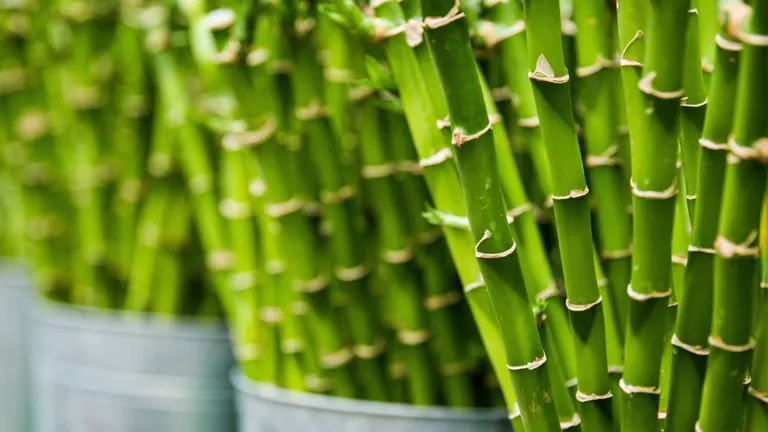
- Soil Enrichment: The bamboo’s leaves, when decomposed, add nutrients to the soil.
- Erosion Control: Its extensive root network stabilizes soil and prevents erosion along riverbanks.
- Habitat Provision: The dense thickets of Muli Bamboo provide shelter for various wildlife species, from insects to birds and small mammals.
By improving soil quality and preventing erosion, the Muli Bamboo Tree supports overall ecosystem health and biodiversity in regions where it grows.
Muli Bamboo Tree Flowering and Pollination
Muli Bamboo has a unique flowering cycle that occurs every 30–50 years. When it flowers, large sections of bamboo forest bloom simultaneously, producing large quantities of fruit and seeds. These seeds are a critical food source for local wildlife, attracting rodents, birds, and other animals that rely on this sudden food supply.
This flowering event, however, can lead to overpopulation of certain animals, such as rats, which may cause agricultural challenges in nearby areas. The tree’s flowering cycle plays a complex role in the ecosystem, affecting local food webs and influencing human practices around bamboo forests.
Is Muli Bamboo Tree Drought-Tolerant?
Muli Bamboo is relatively drought-tolerant, although it prefers humid, well-watered conditions. During dry periods, it relies on its stored moisture reserves within its culms to survive, though extended droughts can affect its growth. In regions with water scarcity, providing occasional deep watering can help maintain its health and resilience.
Muli Bamboo Tree and Wildlife Interactions
The Muli Bamboo Tree has important interactions with local wildlife. Its dense growth provides a safe habitat and nesting areas for birds and small mammals. Additionally, when the bamboo flowers, animals are attracted to its seeds, which serve as a significant food source.
There are symbiotic relationships as well; for example, animals that feed on the seeds help disperse them, ensuring new bamboo plants can grow in surrounding areas.
Final Thoughts
The Muli Bamboo Tree (Melocanna baccifera) stands as a key species in many tropical ecosystems, providing shelter, food, and ecological stability. With its unique flowering cycle, deep-rooted soil stability, and role in supporting biodiversity, Muli Bamboo is more than just a fast-growing plant; it’s a cornerstone of ecosystem health in its native regions. Preserving this bamboo species contributes to environmental resilience, soil health, and conservation efforts, ensuring its invaluable role in nature continues for future generations.
Frequently Asked Questions (FAQs)
- What is the Muli Bamboo Tree?
The Muli Bamboo Tree (Melocanna baccifera) is a fast-growing bamboo species found mainly in tropical and subtropical Asia. It’s known for its tall, slender culms and broad leaves. - Where does the Muli Bamboo Tree grow?
This bamboo thrives in regions of South and Southeast Asia, especially in India, Bangladesh, and Myanmar, favoring humid, well-draining soil near rivers and forested areas. - How does the Muli Bamboo Tree contribute to its ecosystem?
Muli Bamboo enriches the soil, prevents erosion, and provides shelter for various wildlife species. Its leaves and decomposed culms add nutrients to the soil, supporting biodiversity. - What is unique about the Muli Bamboo Tree’s flowering cycle?
Muli Bamboo flowers simultaneously across large areas every 30–50 years, producing abundant seeds that serve as food for wildlife, influencing local food webs and animal populations. - Is the Muli Bamboo Tree drought-tolerant?
Yes, Muli Bamboo is fairly drought-tolerant due to its ability to store water in its culms, but it thrives best in moist, humid conditions. - Can the Muli Bamboo Tree be grown in home gardens?
Yes, Muli Bamboo can be grown in home gardens with proper care—rich soil, regular watering, and sunlight are essential for healthy growth.


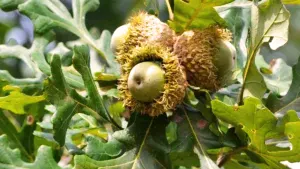
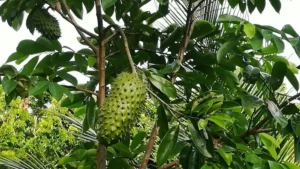

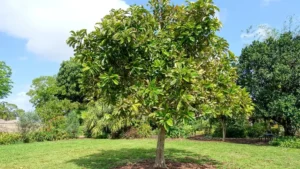
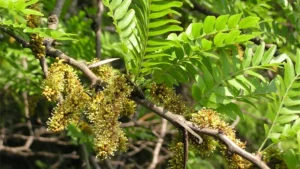


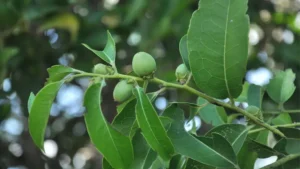



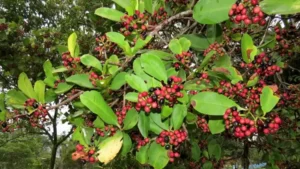
Leave your comment